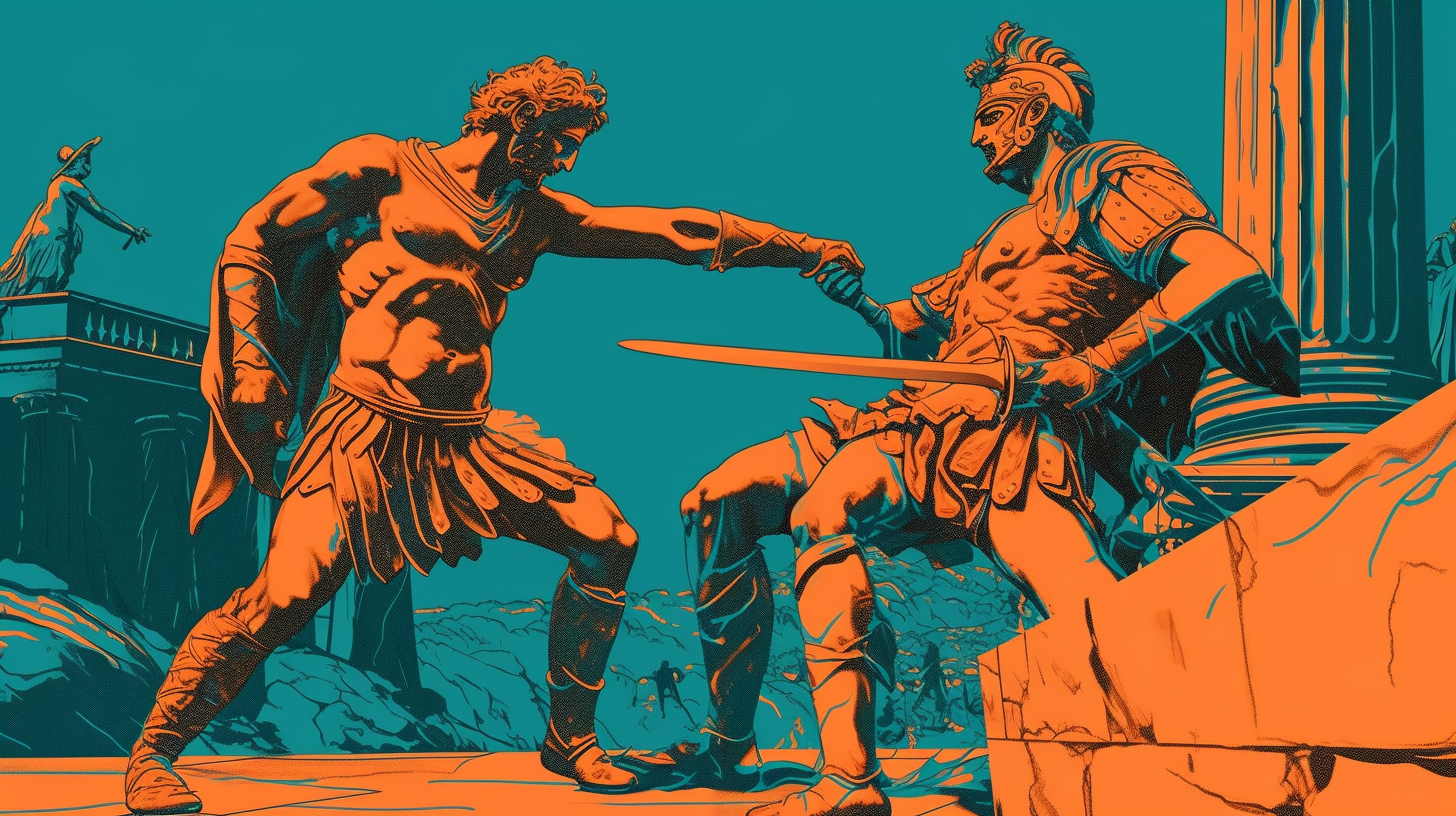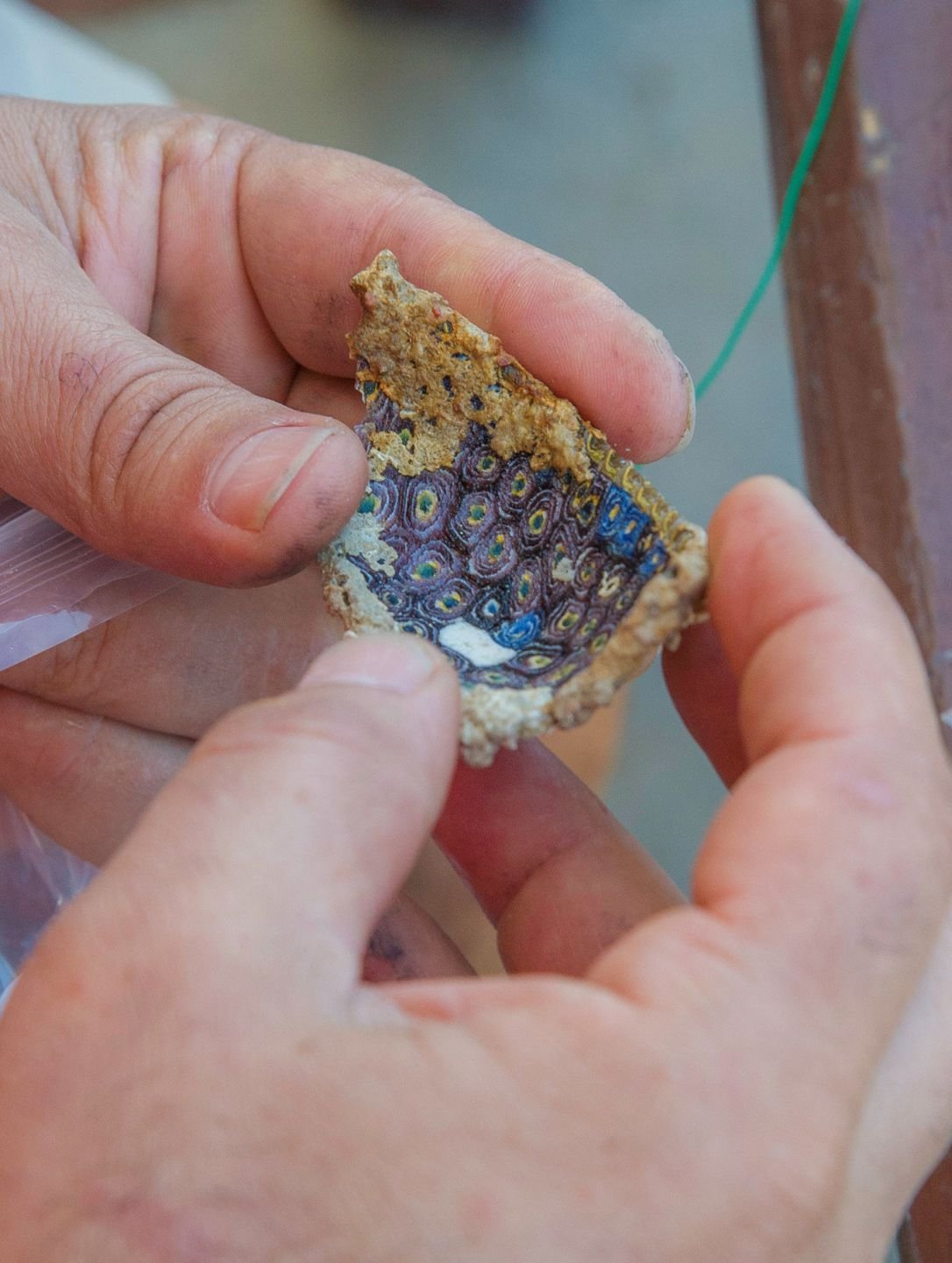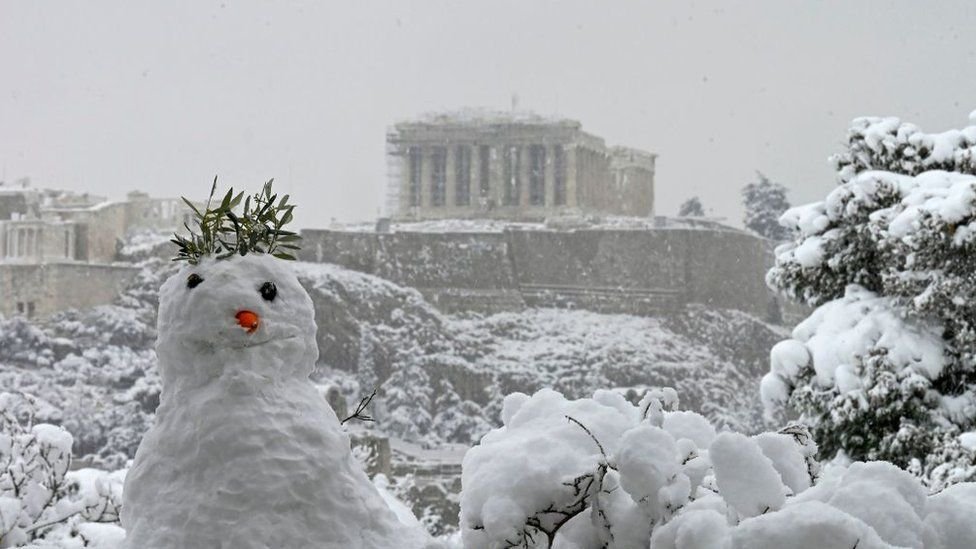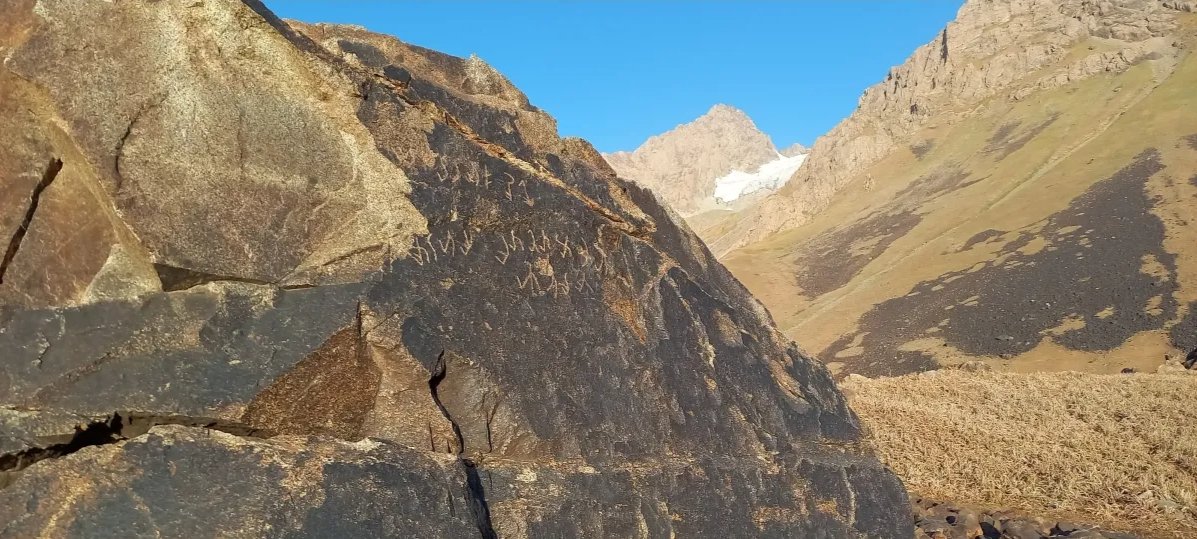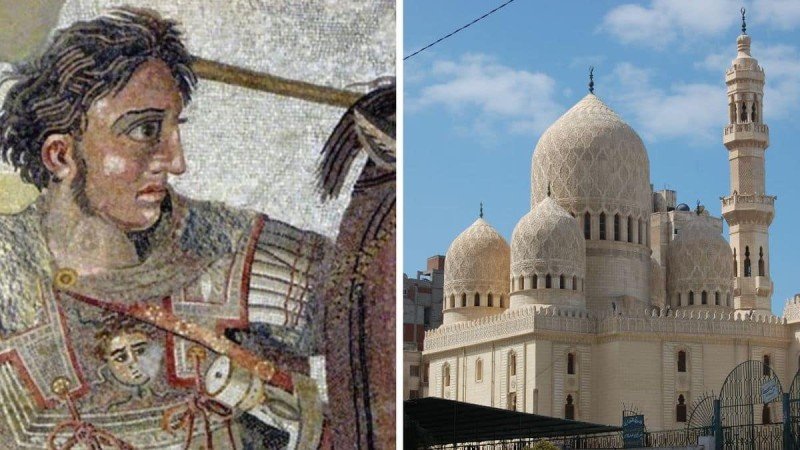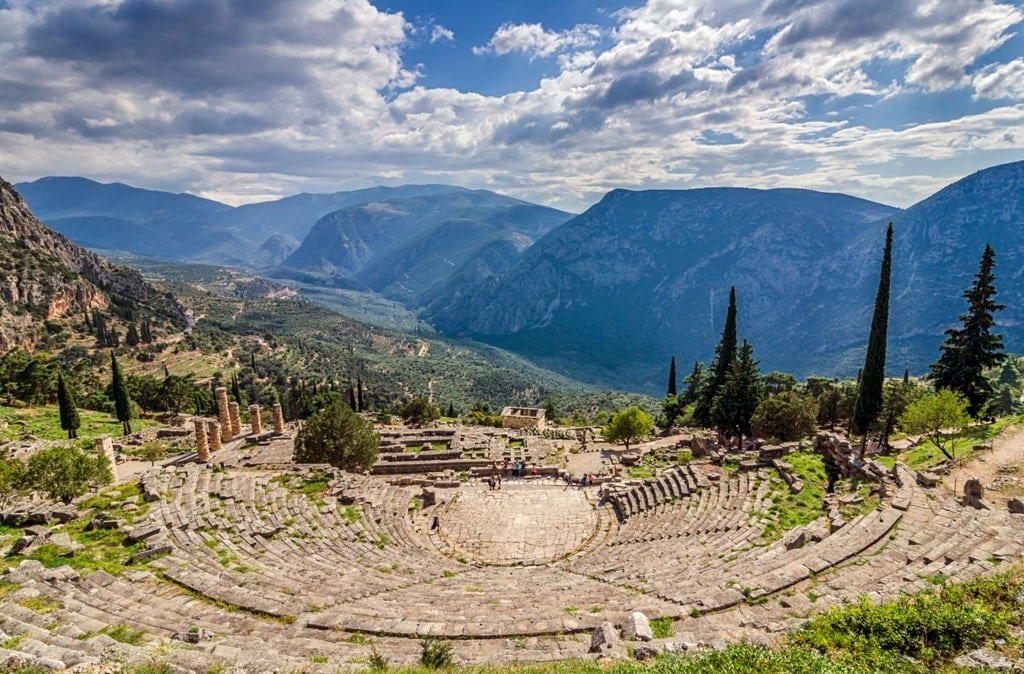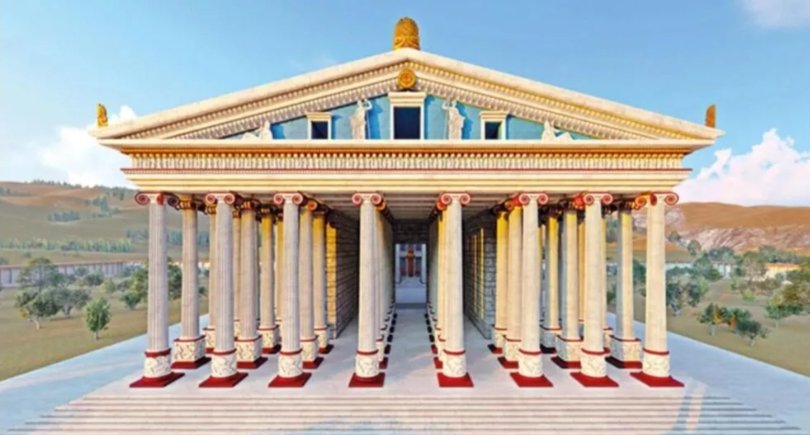by the archaeologist editor group
Since the evidence gathered by archaeologists is so abundant that many speak of the discovery of Aristotle's tomb in ancient Stageira, let us look at what we know about this great philosopher.
According to what we know, he was born in Stageira in 384 BC and died in Chalkida in 322 BC. At the age of 17 he entered Plato's Academy in Athens, where he remained until the age of 37. There he is associated with Plato himself as well as with Eudoxus, Xenocrates, and other thinkers.
His works relate to many sciences, such as physics, biology, zoology, metaphysics, logic, ethics, poetry, theater, music, rhetoric, politics, etc., and form the first comprehensive system of Western philosophy. The period of maturity begins with biological research, the results of which constitute the first systematization of biological phenomena in Europe. Aristotle's thought and teachings, briefly referred to as Aristotelianism, influenced philosophical, theological and scientific thought for centuries until the late Middle Ages.
Life and action
Aristotle was born in 384 BC in the ancient city of Stageira in Halkidiki, 55 kilometers east of modern Thessaloniki. His father Nicomachus was physician to the Macedonian king Amyntas III, who was Philip's father. Nicomachus, who according to the Suidae Lexicon had written six books on medicine and one on physics, considered the Homeric hero and physician Mahaon, son of Asclepius, as his ancestor. His mother Phaestia was from Chalkida and, like his father, belonged to the family of the Asclepiads. Aristotle's interest in biology was sparked in part by his father, as the Asclepiads taught their children anatomy from an early age; it is also said that Aristotle sometimes helped his father when he was young.
Aristotle was prematurely orphaned by his father and mother, and his guardianship was taken over by a friend of his father's, Proxenus, who had settled in Atarneus of Aeolis in Asia Minor, opposite of Lesbos. Proxenus, who cared for Aristotle as if he were his own child, sent him to Athens at the age of 17 (367 BC) to become a student of Plato. In fact, Aristotle studied at Plato's Academy for 20 years (367 - 347), until the year his teacher died. In the Academy environment, he amazed everyone and even his teacher with his intelligence and philanthropy. Plato called it the "dissertation spirit" and the house of the "reader's house".
When Plato died in 347 B.C., the question arose of a successor in the leadership of the school. Precedence for the post was given to Plato's three best students, Aristotle, Xenocrates, and Speusippus. Aristotle then left Athens with Xenocrates and settled in Assos, a city on the Asia Minor beach, opposite of Lesbos. Assos was then ruled by two Platonic philosophers, Erastos and Koriskos, to whom the ruler of Atarneas and old student of Plato and Aristotle, Hermias, had left the city. The two friends, governors of Assos, had founded a philosophical school there as a branch of the Academy.
In Assos, Aristotle taught for three years and, together with his friends, achieved what Plato could not. They were closely associated with Hermias and influenced him so that his tyranny became milder and more just. But the end of the tyrant was tragic. Because he anticipated the Macedonian campaign in Asia, he allied himself with Philip. Therefore, the Persians captured him and left him to die on a martyr's cross.
In 345 BC, on the advice of his student Theophrastus, Aristotle crossed to Lesbos and settled in Mytilene, where he stayed and taught until 342 BC. In the meantime, he had married the niece and stepdaughter of Hermias, Pythiada, with whom he had a daughter who took her mother's name. After the death of his first wife, Aristotle was later in Athens with Herpyllida from Stageira, with whom he had a son, Nicomachus. In 342 B.C. he was invited by Philip to Macedonia to take charge of the education of his son Alexander, who was then only 13 years old. Aristotle eagerly set about the task of educating the young heir. He took care to instill in him the Panhellenic spirit and used the Homeric epics as an educational tool. Alexander's education took place sometimes in Pella and sometimes in Mieza, a city whose ruins have been brought to light by archeological excavation; it was located at the foot of the mountain on which today's Naoussa in Macedonia is built. There he was informed of the death of Hermias in 341 BC.
Aristotle remained at the Macedonian court for six years. When Alexander crushed the resistance of the Thebans and restored peace in southern Greece, Aristotle went to Athens (335 BC) and founded his own philosophical school there. For the foundation of his school he chose the Gymnasium, also called Lyceum, between Lycabettus and Ilissos, near the Dioharis Gate. The site of the Gymnasium was recently discovered during the excavations for the construction of the new Goulandris Museum behind the Byzantine Museum of Athens in Rigillis Street. This historic excavation site is currently being renovated so that it can be visited. There was a grove dedicated to Apollo and the Muses. With the money generously given to him by Alexander, Aristotle erected magnificent buildings and arcades called "Peripatoi"(walks in Greek). Perhaps that is why his school was called "Peripatetic school" and his students "Peripatetic Philosophers".
The school was organized according to the standards of the Platonic Academy. Classes for advanced students were held in the morning ("eothinos peripatos") and for beginners in the afternoon ("peri to deilinon", "evening walk"). The morning classes were purely philosophical ("auditory"). The afternoon "rhetorical" and "external".
The school had a large library and was so well organized that it later served as a model for the founding of the libraries of Alexandria and Pergamon. Aristotle collected maps and tools useful for teaching physics. Thus, the school soon became a famous center of scientific research. In the thirteen years that Aristotle spent in Athens, he created most of his work, which by its scope and quality evokes our admiration. For it is quite amazing how a single person could gather and record so much information in such a short period of time.
When the news of Alexander's death arrived in 323 BC, the supporters of the anti-Macedonian party thought they had found in Aristotle an opportunity to take revenge on the Macedonians. The priesthood, represented by the hierophant of the Eleusinian Demeter, Eurymedon, and the school of Isocrates with Demophilus accused Aristotle of blasphemy ("blasphemous writing") for erecting an altar to Hermias, writing the Hymn to Areti(Virtue), and the epigram on the statue of Hermes at Delphi. However, realizing the true motives and intentions of his accusers, Aristotle traveled to Chalkida before his trial (323 BC). He stayed there in the house he had received from his mother, together with his second wife Herpyllida and his two children Nikomachos and Pythias.
Aristotle died in Chalkida between the 1st and 2nd of October of the year 322 B.C. of a stomach disease, in sadness and melancholy. His body was taken to Stageira, where he was buried with great honors. His fellow citizens declared him an "inhabitant" of the city and erected an altar over his grave. In his memory they established a festival, the "Aristoteleia", and named one of the months "Aristoteleios". The square where he was buried became the seat of the Parliament.
When he left Athens, he left the direction of the school to his pupil Theophrastus, whom he considered most suitable. Thus, the intellectual institution of Aristotle continued to radiate even after the death of the great teacher.
The work of the author
The Alexandrians estimated that Aristotle wrote a total of about 400 books. Diogenes Laertius calculated his work in verse and found that it amounted to 45 myriads, exactly 445,270 verses. A large part of his work has been lost. It belonged to the category of public or "external" courses and was written in a dialogic form. Of them, only the State of Athens has been preserved in a papyrus found in Egypt. The works that survive today correspond to the lessons that Aristotle gave to his advanced students, which are described as "auditory or esoteric". Therefore, they are written in continuous speech rather than dialogs. The list of Hesychius (appended to the biography of Aristotle) contains 197 titles of works and essentially coincides with the list of Diogenes Laertes.


